Mangosteen, known as the “Queen of Fruits,” is a tropical delicacy loved for its juicy, sweet-tart flavor and prized for its antioxidant-rich properties. Though it grows in several Southeast Asian countries, one nation stands out as the global leader in mangosteen cultivation—Thailand. With its perfect climate, fertile soils, and deep-rooted farming traditions, Thailand is home to the most extensive and well-managed mangosteen orchards in the world. In this article, we’ll explore why Thailand dominates the mangosteen industry, how its orchards are structured, and what makes Thai mangosteen the global standard for quality.
Thailand: The Mangosteen Capital of the World
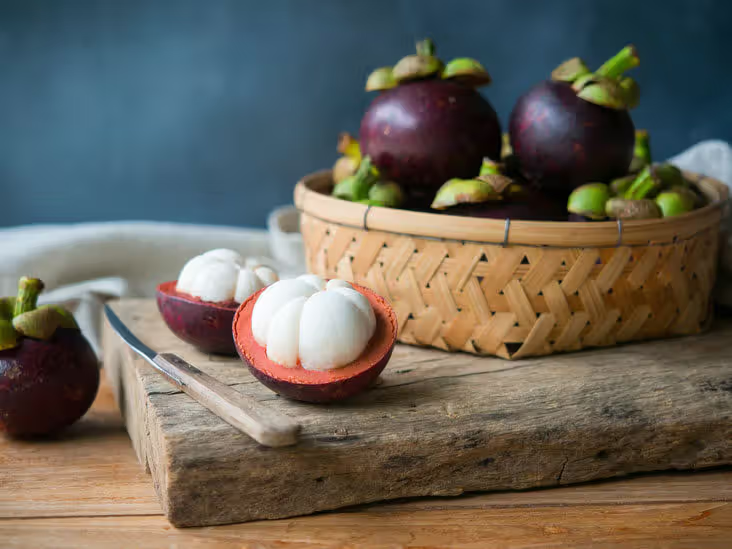
Thailand leads the world in mangosteen orchard acreage, production volume, and export. With more than 80,000 hectares dedicated to mangosteen farming, it contributes over half of the world’s commercial mangosteen supply. Provinces like Chanthaburi, Rayong, and Nakhon Si Thammarat are especially known for their high-yield mangosteen plantations.
The Thai government actively supports the mangosteen industry through agricultural training, research programs, and subsidies. This support has led to high production standards, better pest control methods, and greater export opportunities.
Why Thailand Is Ideal for Mangosteen Farming
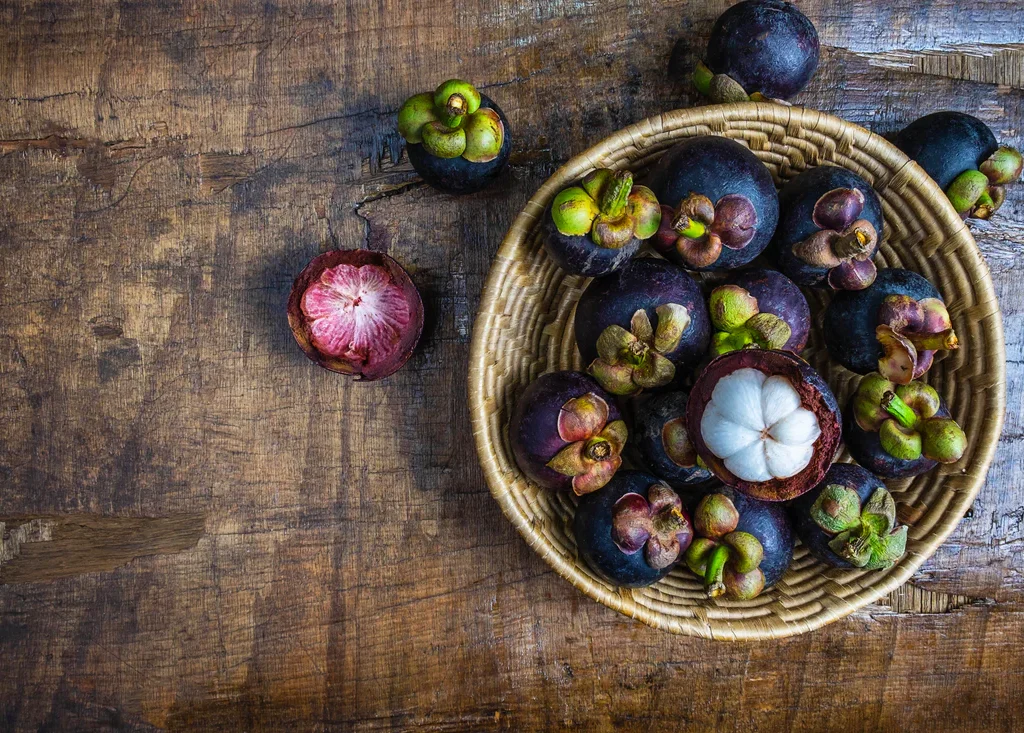
Mangosteen trees are sensitive and require specific environmental conditions to thrive. Thailand’s natural features make it an ideal habitat for mangosteen growth:
- Tropical Climate: The hot, humid climate with abundant rainfall is ideal for flowering and fruiting.
- Acidic Soil: Mangosteens prefer deep, well-drained, slightly acidic soil, common in Thailand’s southern and eastern regions.
- Elevated Areas: Many Thai orchards are located on gentle slopes or hillsides, improving water drainage and preventing root rot.
- Expert Farming Knowledge: Generations of farmers have perfected growing techniques, from seedling selection to harvesting and post-harvest care.
These factors, combined with research and government policies, make Thailand the number one mangosteen-producing country.
Major Mangosteen-Growing Provinces in Thailand
Here are some of the leading provinces in Thailand known for their vast mangosteen orchards:
1. Chanthaburi Province
Often called the “Fruit Basket of Thailand,” Chanthaburi is the top mangosteen-producing province. It has thousands of small- and large-scale orchards, and the local climate supports multiple harvests. The province even hosts annual fruit festivals to celebrate the mangosteen season.
2. Rayong Province
Rayong is another significant contributor, known for its rich volcanic soil and well-maintained orchards. Farmers here often practice organic farming, producing high-quality, chemical-free fruits for premium markets.
3. Nakhon Si Thammarat
Located in southern Thailand, this province offers ideal year-round growing conditions. The mangosteens from this region are especially juicy and sweet, highly favored by both local and international consumers.
Mangosteen Farming Practices in Thailand
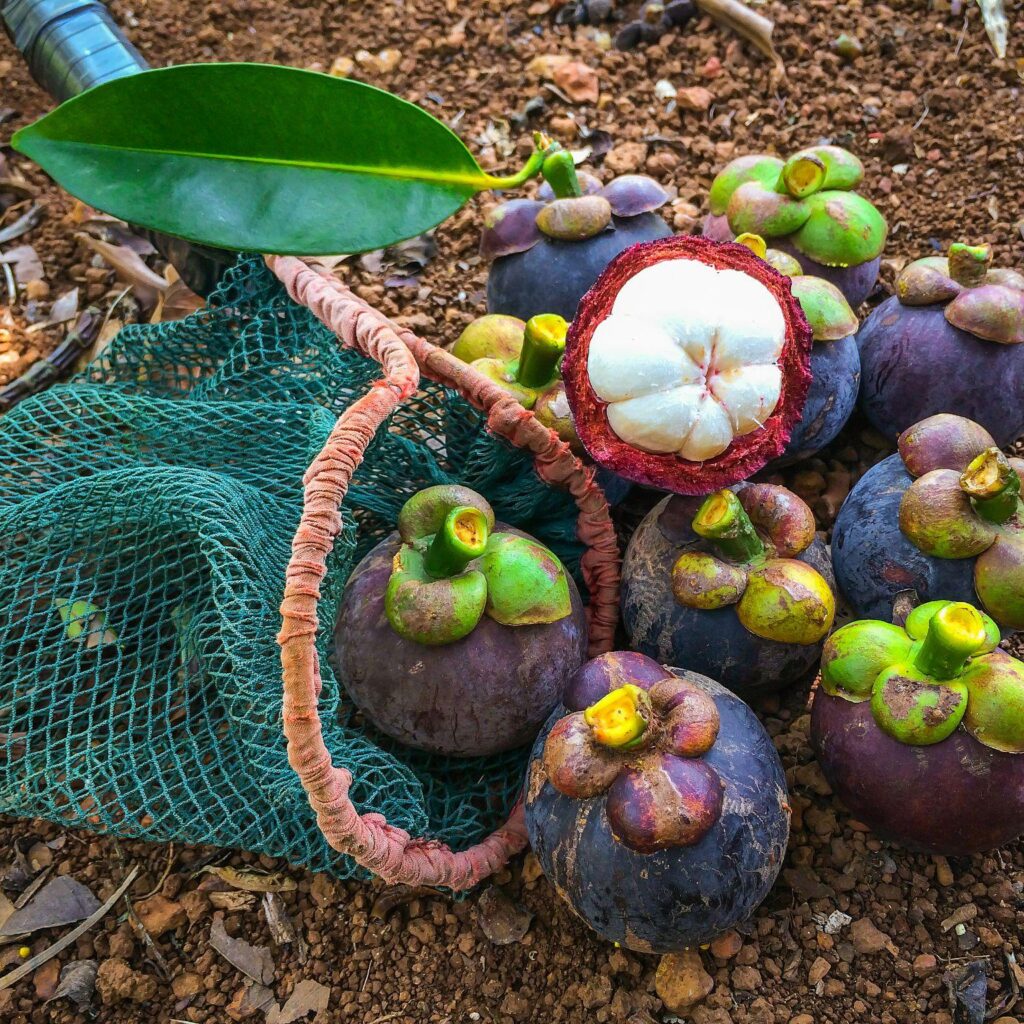
Thai farmers use a mix of traditional knowledge and modern agricultural science. Here’s a look at the process:
- Propagation: Most orchards use grafted saplings for quicker fruit production and better disease resistance.
- Spacing: Trees are planted with at least 10 meters of space between them to allow full canopy development and airflow.
- Fertilization: Organic compost and natural fertilizers are widely used to maintain soil health and reduce chemical use.
- Irrigation: While mangosteen needs a lot of rain, Thai farms often install drip irrigation systems to supplement water during dry spells.
- Pest Management: Integrated Pest Management (IPM) techniques are commonly employed, minimizing chemical use and protecting the ecosystem.
Harvesting and Exporting Thai Mangosteen
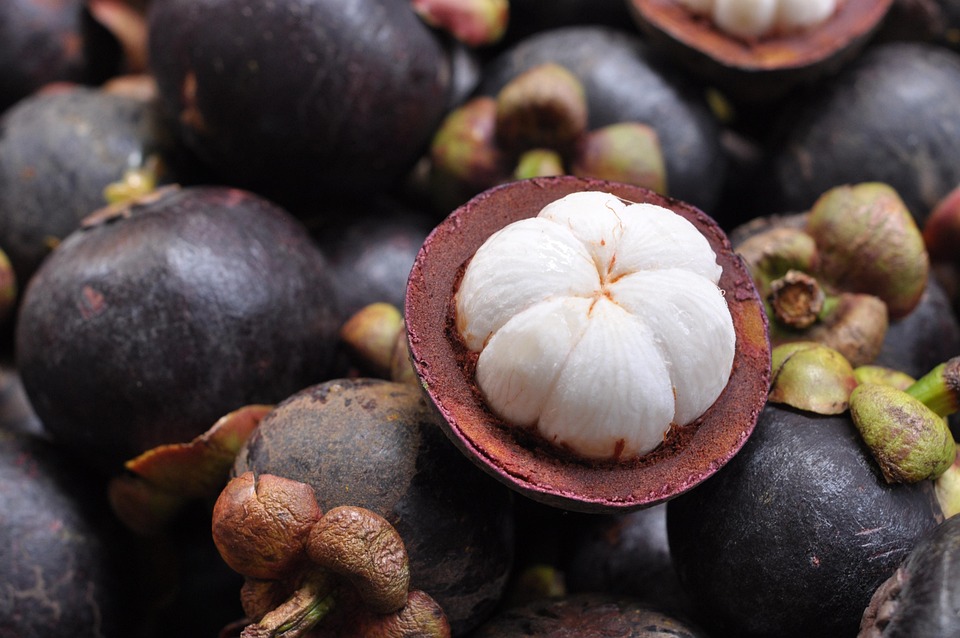
Mangosteen trees take about 6–10 years to bear fruit, but once mature, they can produce hundreds of fruits per season. The fruits are hand-harvested between May and August, with workers carefully picking each one to prevent bruising.
After harvest, the fruits are sorted, cleaned, and packed for both local markets and export. Thailand exports mangosteen primarily to:
- China (the largest market)
- Singapore
- Malaysia
- Japan
- South Korea
- United Arab Emirates
Freshness and quality are key in export markets. Thai mangosteens are often shipped via air freight to maintain peak freshness and ensure a short farm-to-market cycle.
Other Notable Mangosteen-Producing Countries
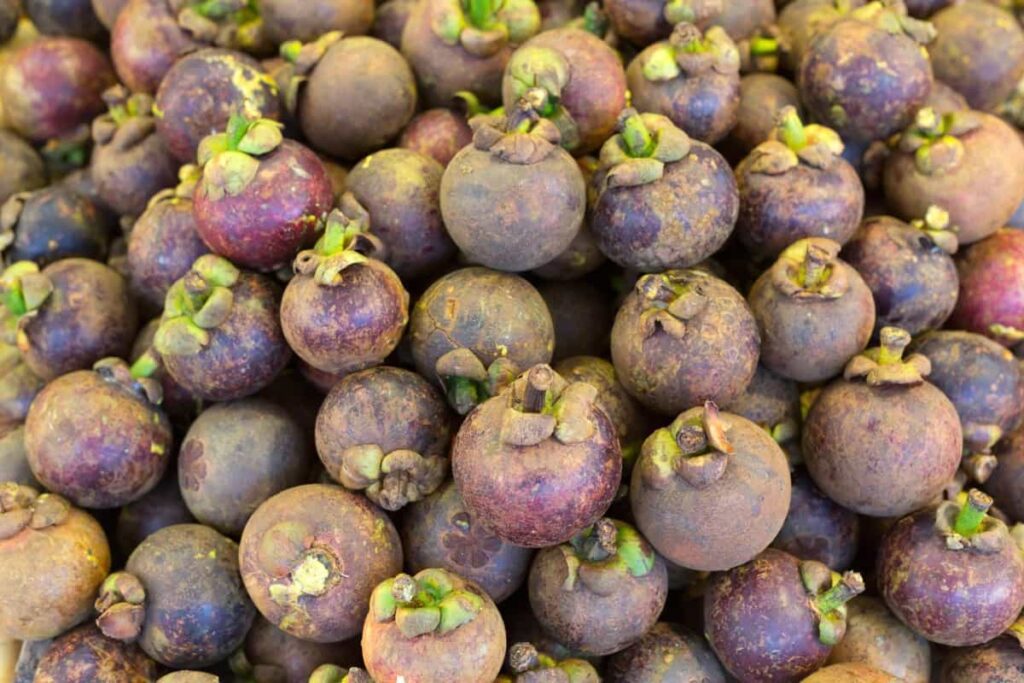
While Thailand leads the pack, other countries also grow mangosteen on a smaller scale:
1. Indonesia
Indonesia grows mangosteen in provinces like West Java and Sumatra. Its climate is suitable, but logistical challenges and inconsistent quality limit its global reach.
2. Malaysia
Malaysia has well-developed orchards, particularly in Johor and Pahang, and exports a small quantity of mangosteens to neighboring countries.
3. Vietnam
Vietnam is an emerging producer with promising exports to China and Europe, thanks to recent improvements in fruit quality and handling.
4. India
In India, mangosteen is cultivated in Kerala and the Western Ghats, but production remains low due to limited awareness and technical knowledge.
Challenges Facing Mangosteen Growers
Even with Thailand’s success, mangosteen farming isn’t without its challenges:
- Long Maturity Time: Trees take years to bear fruit, requiring long-term investment and patience.
- Climate Sensitivity: Mangosteen trees are sensitive to drought and floods, both of which are becoming more common due to climate change.
- Post-Harvest Losses: Mangosteen has a short shelf life, and poor handling can lead to spoilage, especially in export chains.
- Labor Shortage: As younger generations leave farming, skilled labor is becoming harder to find.
To overcome these, the Thai government and universities continue to invest in R&D and promote sustainable farming.
Future of Mangosteen Farming in Thailand
Thailand is expected to maintain its leadership in mangosteen production. The government has plans to:
- Expand certified organic orchards
- Promote Thai mangosteen branding globally
- Introduce smart farming technologies
- Support farmers with low-interest loans and training
- Improve cold chain logistics for better exports
With these strategies, Thailand aims not just to grow more mangosteen, but to grow better mangosteen.
Conclusion
When it comes to mangosteen cultivation, Thailand is unmatched. With the most orchards, the highest production, and strong global demand, the country has established itself as the world’s mangosteen powerhouse. From the lush orchards of Chanthaburi to the export crates flying to Shanghai and Tokyo, Thai mangosteen continues to reign supreme in the tropical fruit world. If you’re enjoying a fresh, sweet mangosteen anywhere in the world, chances are—it came from Thailand.

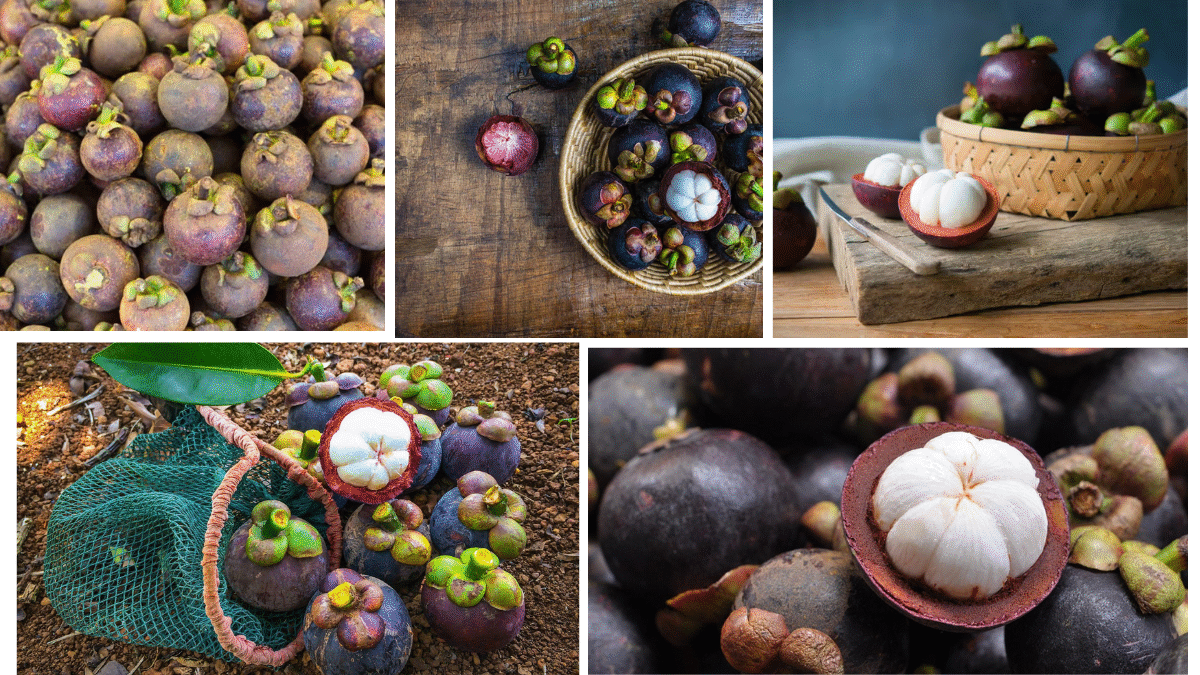
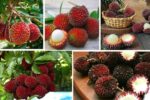
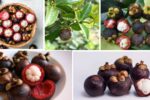
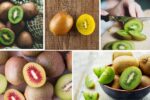
Leave A Comment